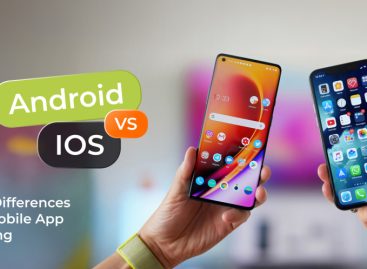- QATestLab Blog >
- Mobile Testing >
- How Test Web Software on Mobile & Desktop Devices
How Test Web Software on Mobile & Desktop Devices

At present smartphones and tablets are almost as powerful as some personal computers are. Mobile technology has become complex. Due to its rapid development we witness glut of various mobile software products. Lots of them are based on mobile web technology.
This made most of software producers wonder about supporting of their products by different devices. Nowadays there are many software products with what one can interact both on a mobile device and on a personal computer. This feature of software products enhances user experience but complicated web site testing, desktop testing and mobile testing.
Such software products should work equally well on personal computers and mobile devices.
Web Applications Supported on Mobile and Desktop Devices Are Usually Based On:
- Adaptive design. Web software with adaptive design determines what type of device is used and calls the appropriate options of the images, text and so on. Mobile application testing shows that the disadvantage of this approach is that it is hard for a program to determine the device type.
- Responsive design. When responsive design is used the software product determines not the device type, but the screen size of it, and adjusts the content appropriately. Manual and automated testing of software products with responsive design often proves that this approach is more efficient than adaptive design.
Any software testing company would confirm that there are often many software bugs in applications supported by personal computers and mobile devices, as they appeared not so long ago, and the technology is not polished yet.
Learn more from QATestLab
Related Posts:
- Web and Desktop Testing: Key Differences Between Them
- Is Source Code Really Necessary for Successful Automation?
- Differences between Web App and Mobile App Testing







No Comments Yet!
You can be the one to start a conversation.